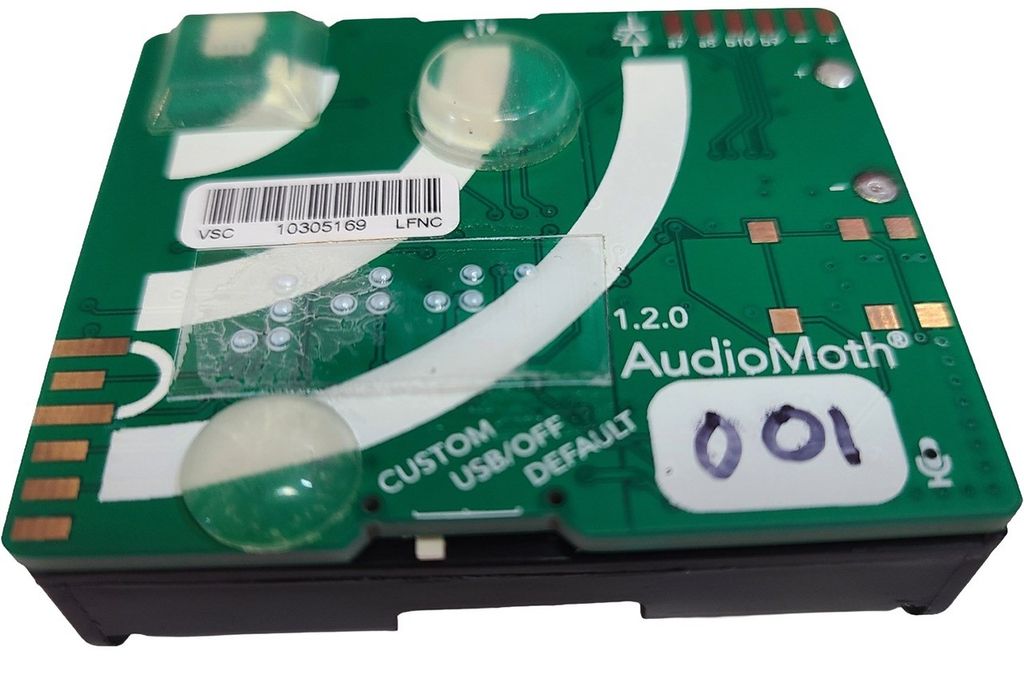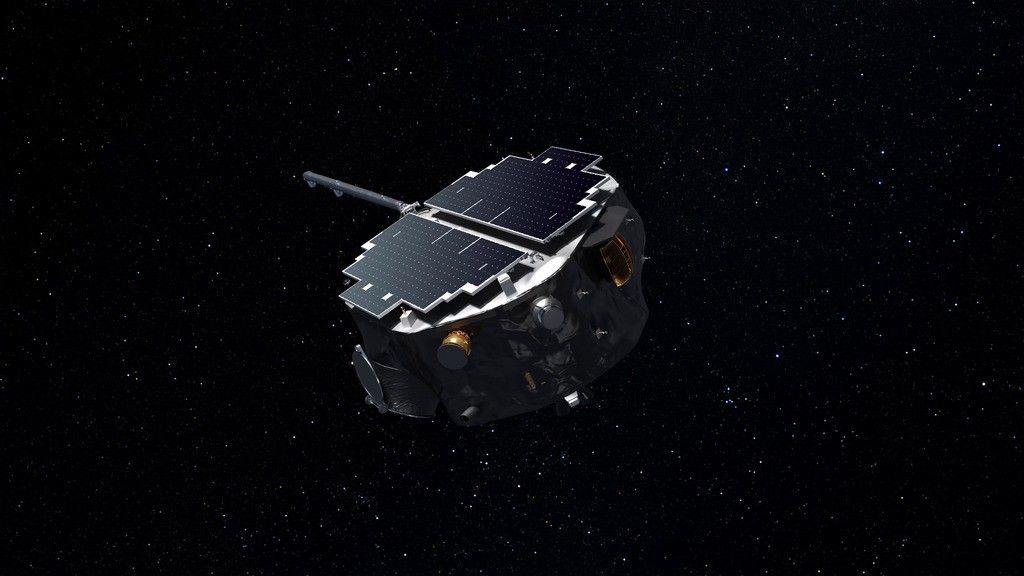Meet NASA’s Heliosphere Mapping Observatory
Liftoff remains on track for 7:30 a.m. EDT from Launch Complex 39A at NASA’s Kennedy Space Center in Florida. The U.S. Space Force’s 45th Weather Squadron predicts a 95% chance of favorable weather during launch
NASA’s IMAP (Interstellar Mapping and Acceleration Probe) is about the size of a hot tub and weighs 2,000 pounds, a little less than a compact car. The spacecraft is 8 feet (2.4 meters) in diameter and 3 feet tall (0.9 meters). Technicians loaded approximately 317 pounds (144 kilograms) of hydrazine propellant into the spacecraft in preparation for IMAP’s launch.
The spacecraft’s frame is divided into six bays with the suite of 10 science instruments on board, with two of the instruments in pairs for a total of 12 sensors. All instruments will be placed around the perimeter to avoid interfering with each other. The spacecraft completes one full rotation every 15 seconds, enabling its 10 instruments to scan all regions of the heliosphere.
A SpaceX Falcon 9 rocket will launch IMAP, with the rocket’s second stage spinning four rotations per minute before IMAP’s deployment, releasing the observatory on its trajectory towards Lagrange point 1 (L1).
The solar array, located on the top of IMAP, will generate plenty of power for the observatory, which as a system uses less power than five 100-watt incandescent light bulbs. Each panel consists of 16 strings of solar cells, with 36 cells per string. The solar array will convert sunlight into 500 watts of power. IMAP’s spin axis, in the center of the solar array, will adjust daily toward the Sun to provide the spacecraft and instruments with constant power. During launch, IMAP will be powered by a lithium-ion battery until its solar panels deploy and begin providing energy to the spacecraft.
NASA’s Launch Services Program, based at NASA Kennedy, is responsible for managing IMAP’s launch service. This mission will be the 13th heliophysics mission the program has launched since its founding in 1998.






















